rooted in heritage
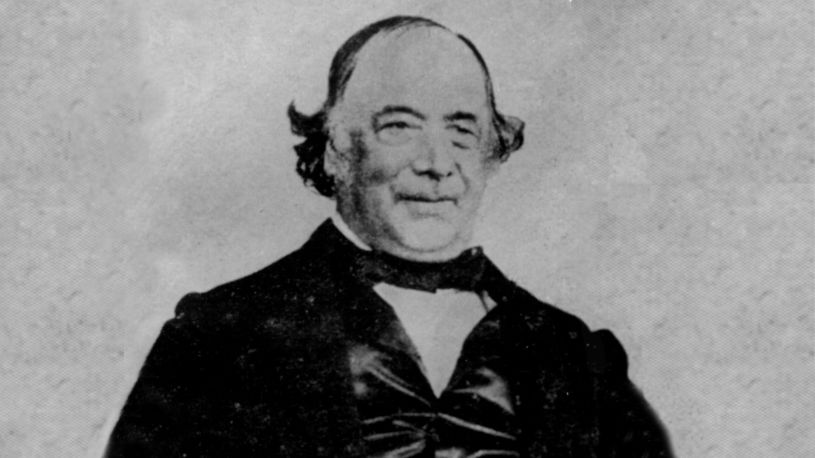
Thomas Bevan (I) 1801-1881
Ancestry, or whakapapa, is deeply significant in Māori culture, serving as the backbone of identity, connection, and belonging. Whakapapa is more than a genealogical record; it’s a living framework that ties individuals to their ancestors, whānau (family), hapū (sub-tribe), iwi (tribe), and the natural and spiritual worlds.
The following story is about the blending of two cultures, European and Māori, to create a rich tapestry that defines and shapes us.
History. A Story Worth Telling.
From Whitchurch to Wellington
It was in October 1840 that Lady Nugent, a ship chartered by the New Zealand Company, set sail from London to Wellington. On board were 263 emigrants, among them four-year-old Thomas Bevan. His father (Thomas I, 1801-1881), a rope-maker from Shropshire, had purchased a sizable plot of land in New Zealand – lured by the prospect of freedom and fortune. His ambition: high-quality ropes manufactured from New Zealand’s famed Phormium tenax (flax).
“We lost several of our spars, and two of our jib-booms were carried away in the storms. After three weeks sail in this way of knocking about we were only three days from London.”
Narrative of a Voyage from England to New Zealand, Thomas Bevan Snr.
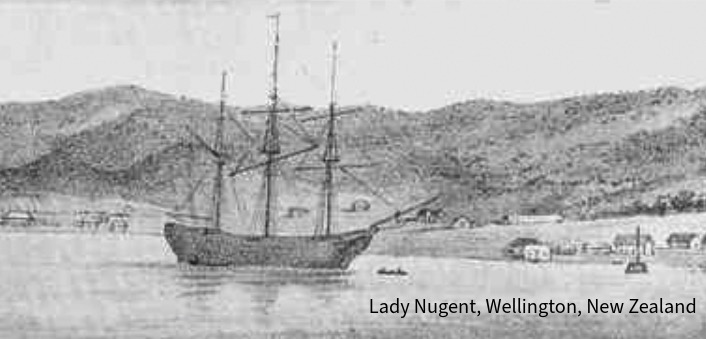
The voyage
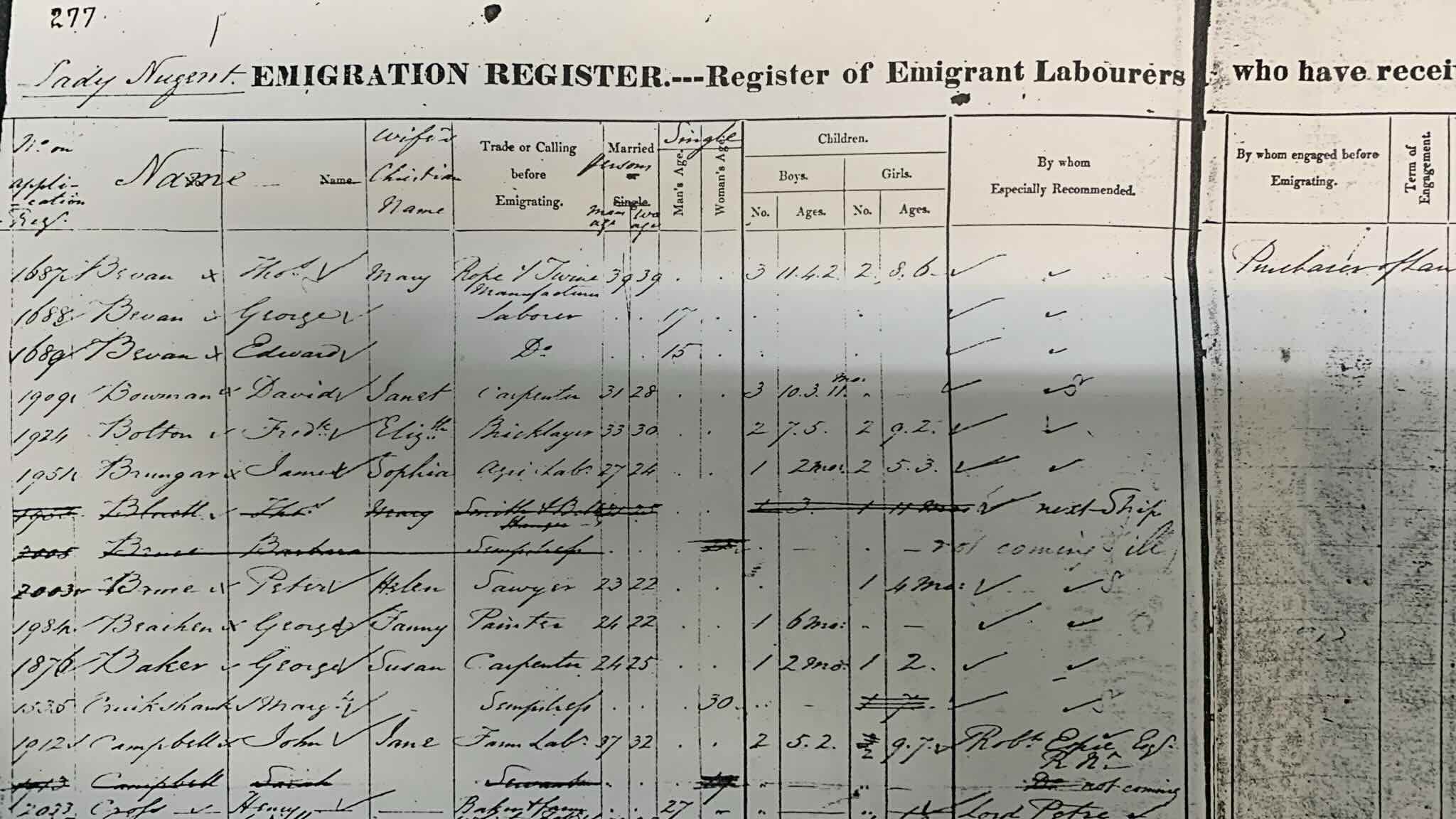
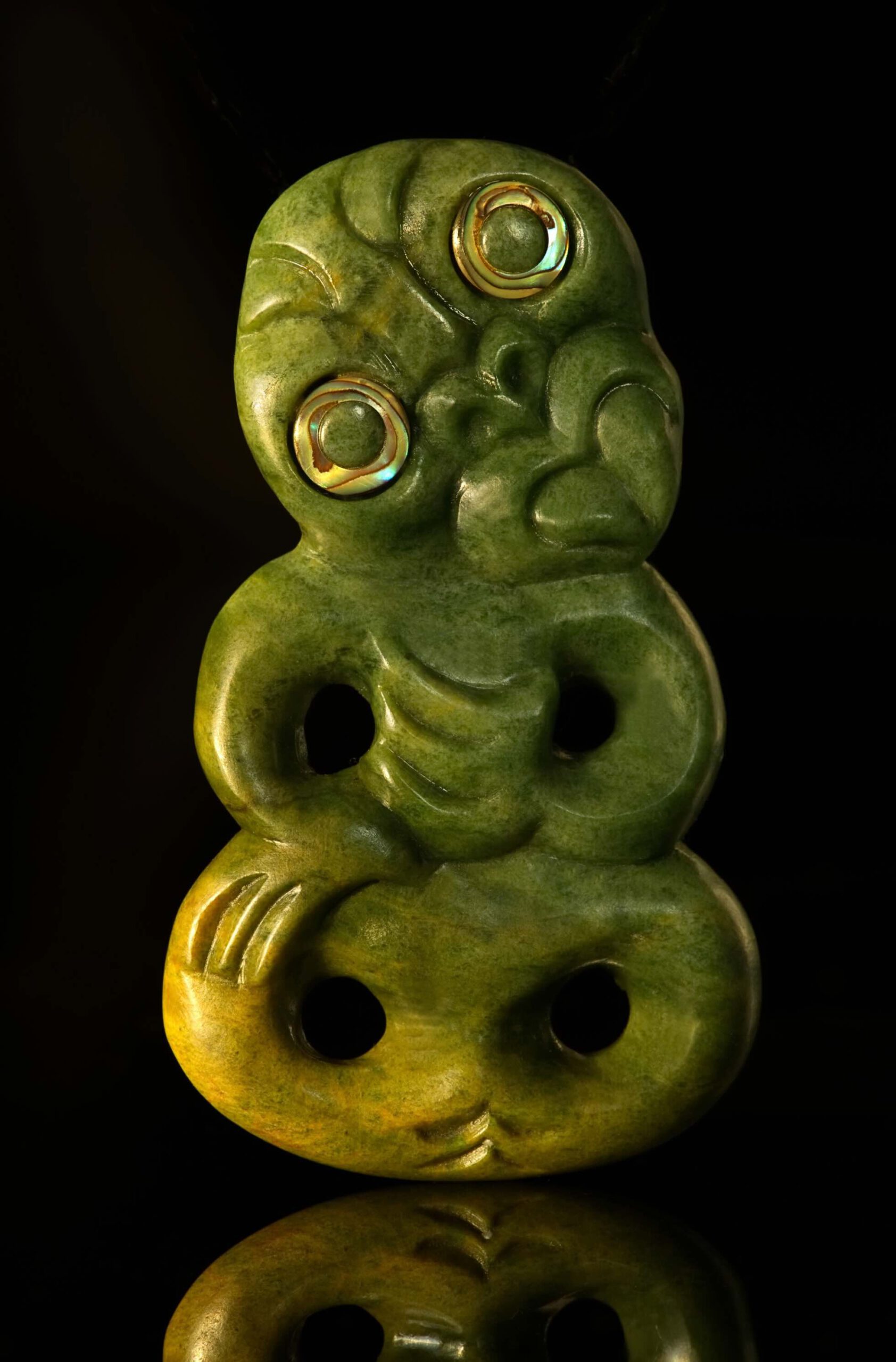
Aotearoa
Little did the family know that their journey, hampered by a shortage of water and perilous seas, would take close to six months. Little did they know that tragedy would strike so close to the end: the death of Mary Bevan, the mother of young Thomas. As his father put it, “It pleased the Lord to take her to himself on the 30th of January, in 41° of S. latitude and 26° of E. longitude, about ten thousand miles from her native home, and on the following day her remains were committed to the roaring billows of the mighty deep.”
Finally, on 17th March 1841, “we cast our anchors and gave a salute of 7 guns. It is a most splendid harbour, about 14 miles from one end of the beach to the other.” By April, the Bevans were “busily engaged in forming the rope-walk and building houses” in Wellington, New Zealand.
With the signing of the Treaty of Waitangi in 1840, the native Māori and the British colonists managed to coexist. Having said that, disputes frequently arose over land rights. In 1844, for example, the supply of flax was severely disrupted, prompting Bevan senior to transfer his rope-walk to Waikawa, near Otaki. His four youngest children, among them Thomas, remained in Wellington.
It was not until 1845 that they were entrusted to Ropina, a local guide (and translator), who was to accompany them to Waikawa.
The Walk
The journey took them through Māori territory, which included a stopover at the Waimapihi pā, where, just years before, the great “Te Rauparaha and his followers had feasted on the bodies of their slain enemies for two months”. On arriving at the pā, the Bevan children were welcomed by the villagers: “Haere mai! Haere mai! Naumai e hoa ma”. The children mistook the noisy greeting of their hosts for a demonstration of hostility. “If we go inside, we shall all be killed,” said Thomas’s sister. “But no harm befell us … there, in that lone hill pā, inhabited by fierce and savage people, we passed the night in safety, for the mana of Paora, the chief of the Ngāti Wehiwehi, was over us.” Several days later the Bevan children were finally reunited with their father at Waikawa beach – “what tales we had to tell of the wonderful journey, the care of Ropina, and the kindness of all the Natives.”
“All that day we followed the steep and rough trail over the ranges, through dense underbrush and tangled supple-jacks, over prostrate logs, across swamps and streams, by rugged hill-sides, and through darkening woods—and still before us marched our watchful guide, carrying my little brother, besides his burden of blankets and food for us all.”
Reminiscences of An Old Colonist, Thomas Bevan (II)
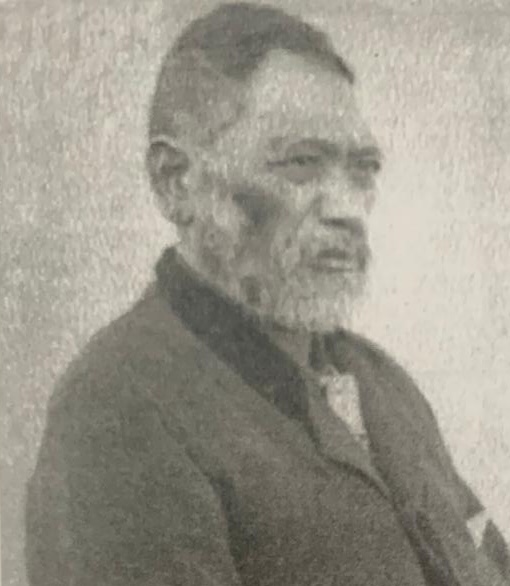
from Wellington to Waikawa
Life as a colonist
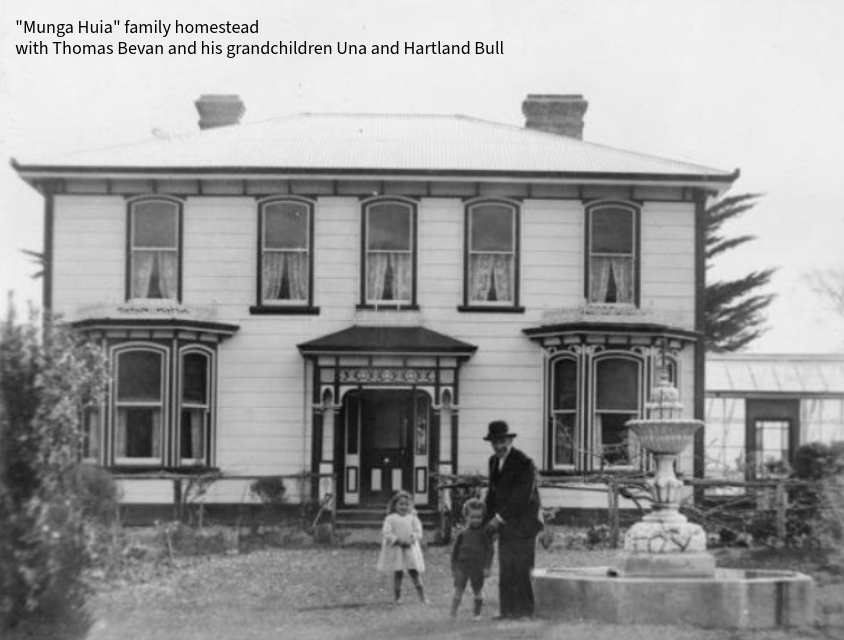
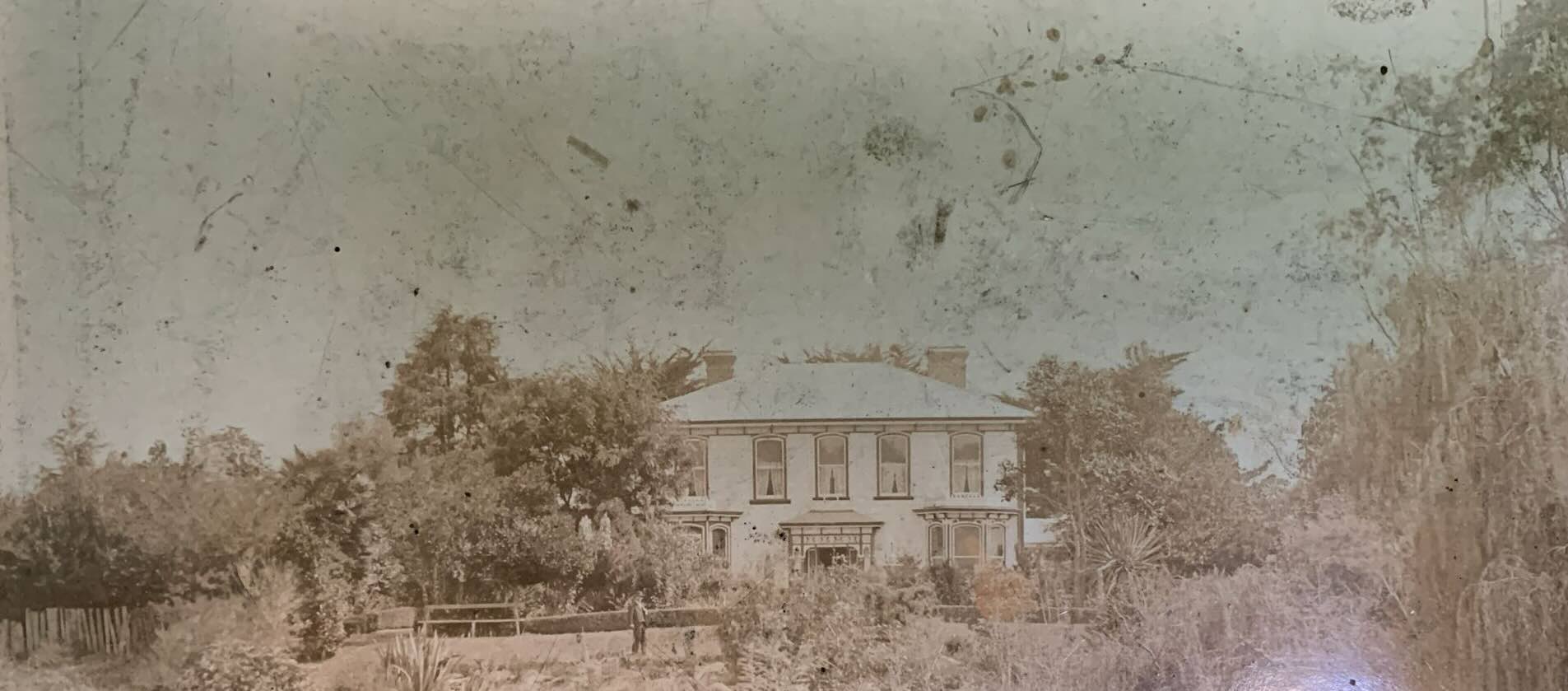
Mr. Bevan has a fine freehold section of excellent land, on which is errected a substantial homestead overlooking the township of Manakau, which he has made his home for the last fifteen years. A garden and orchard occupy a few acreas around the house.
from The Cylopedia of New Zealand, 1897
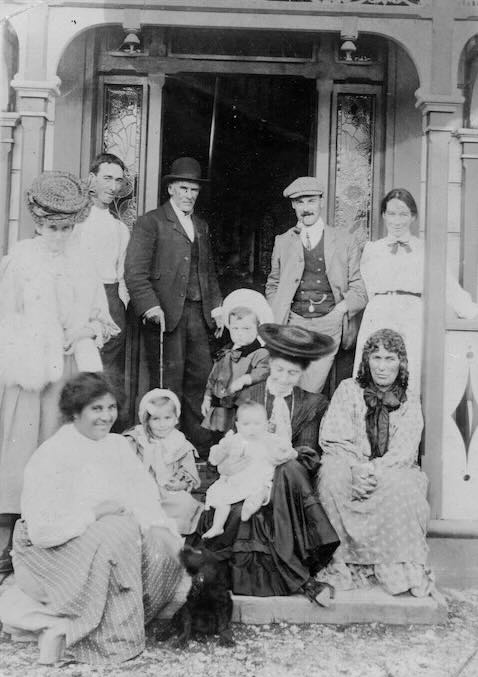
Back row, from left: Mrs Reggie D’Ath, William Bevan, Thomas Bevan II, Walter Bull, Annie Bevan (later Annie Bull)
Front row, from left: Sarah Bevan (nee Rowlands), unidentified children, possibly Margaret Nees with baby, and Haana Bevan (nee Ranapiri)
“How different was our condition, how different our prospects during that short period previous to the interference of the British Government, when we first established ourselves on these shores, before our amicable relations with the Natives were disturbed and our pecuniary resources drained into a distant treasury!”
Reminiscences of An Old Colonist, Thomas Bevan (II)
Following in his father’s footsteps, Thomas became an award-winning rope-maker and farmer. The familiy homestead, “Munga Huia”, was a colonial-style house typical of the late 1890s. Today, a marble fountain imported from Italy stands as the sole reminder of a salubrious past.
Thomas married Haana Ranapiri (1840-1912: daughter of James Ranapiri/Randfield and Erena Rawainga – who, in turn, was the daughter of Merihiana and Ngakipa – of the Ngāti Wehiwehi, a hapū (sub-tribe) of the Ngāti Raukawa. At the time, the Ngāti Wehiwehi were based in Manakau/Waikawa (Horowhenua district). They had left their Waikato lands in the north of New Zealand in the 1820s to fight with the Ngāti Toa tribe, eventually attaining land in the Horowhenua region.
Each iwi (tribe)/hapū (subtribe) can trace its roots back to one of the waka, the ocean-going canoes used by the original Māori tribes to travel from their ancestral homeland, “Hawaiki” (thought to be Raiatea in French Polynesia), to New Zealand. They brought with them soil from Hawaiki, as soil was associated with fertility – and fertile land was synonymous with “home” and “survival”. The Ngāti Raukawa iwi (Ngāti Wehiwehi hapū) trace their lineage back to the Tainui canoe. The Ngāti Wehiwehi, as a sub-tribe of the Ngāti Raukawa, were the custodians of the sacred soil brought from Hawaiki to New Zealand.
As one of the first European settlers in Manakau/Waikawa, the Bevans mixed extensively with the local Māori population (including several marriages). Over time, the family business was diversified to include contracting services as well as hardware and grain trading, Thomas (II) and Haana had eleven children, among them Annie Bevan, who would later marry Walter Bull. Thomas’s son, Thomas (III), became a successful businessman, employing more than 300 people in the 1900s – having gone into partnership with J.W. Swainson. He operated flax mills, farms, and a wheelright shop. The company had the first wholesale licence for the sale of spirits – a business later taken over by Walter Bull, his sister’s husband.
Reminiscing on his life as a colonist, the man who had arrived in New Zealand as a four-year-old boy strikes a contemplative tone:
“I am an old man now; looking back through the vista of the vanished years, I see much to regret in the changes that time has wrought both in the character of the Maori and in the appearance of the country. The beautiful forests have disappeared for ever before the bushman’s axe, while fires have completed the work of devastation. I do not desire to hide the strong affection for the Maori race as a whole, for I have been privileged to know them intimately in the pre-pakeha days, before they became contaminated and debased under the blighting influence of a bastard civilisation.”
Thomas Bevan II (1836-1913): my great-great-grandfather.
Tarquin Bull, Senior Partner
New Zealand Company
a company (often operating beyond the law) established for the purpose of colonising New Zealand
perilous, adj. (formal or literary)
very dangerous
billow, noun (usually pl.)
a moving mass of smoke, steam, etc.
cast (here: “anchor”)
throw sb/sth somewhere
Treaty of Waitangi
a document signed between representatives of the British crown and various Māori chiefs, the aim being to balance the interests of both parties
Māori
indigenous Polynesian people of New Zealand – arrived from around 1300 onwards in ocean-going waka (canoes). Each iwi (tribe)/hapū (sub-tribe) can trace its roots back to one of the waka. The Ngāti Raukawa iwi (Ngāti Wehiwehi hapū) trace their lineage back to the Tainui canoe.
pā
village or defensive settlement
Te Rauparaha
Māori chief and warlord (1760 – 1849). His father was of the Ngāti Toa, his mother of the Ngāti Raukawa iwi.
befall, befell, befallen (verb)
to happen to sb (sth unpleasant)
mana
prestige, authority, control, power
Ngāti Wehiwehi
hapū of the Ngāti Raukawa; custodians of the sacred soil brought from Hawaiki to New Zealand on the Tainui canoe
pākehā
English, foreign, European, exotic
